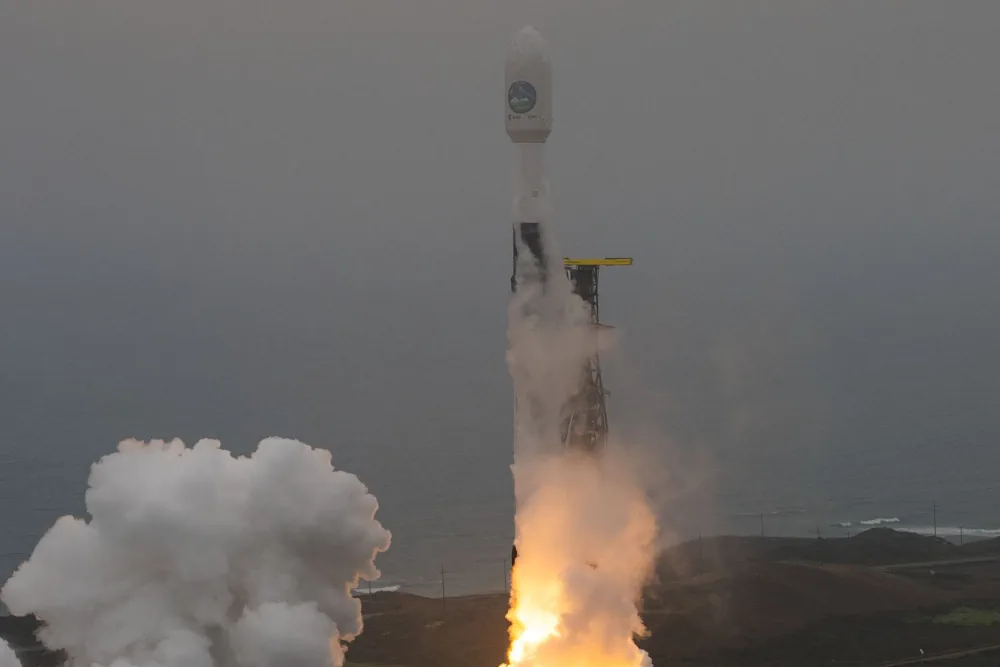ESA’s EarthCARE satellite, poised to revolutionise our understanding of how clouds and aerosols affect our climate, has been launched. This extraordinary satellite embarked on its journey into space on 29 May at 00:20 CEST (28 May, 15:20 local time) aboard a Falcon 9 rocket from the Vandenberg Space Force Base in California, US.
Just 10 minutes later, the satellite separated from the rocket. Then, at 01:14 CEST, the Hartebeesthoek ground station in South Africa received the all-important signal indicating that EarthCARE is safely in orbit around Earth.
With the climate crisis increasingly tightening its grip, the Earth Cloud Aerosol and Radiation Explorer, or EarthCARE for short, will soon be returning crucial information to shed new light on the complex interactions between clouds, aerosols and radiation within Earth’s atmosphere.
This exciting new mission is a joint venture between ESA and the Japan Aerospace Exploration Agency, JAXA. ESA’s Director of Earth Observation Programmes, Simonetta Cheli, said, “EarthCARE is the most complex of ESA’s research missions to date. Its development, and now launch, is thanks to close cooperation with our JAXA partners, who contributed the satellite’s cloud profiling radar instrument, and all of the space industry teams involved.
JAXA’s Project Manager for the cloud profiling radar, Eiichi Tomita, added, “Increasing the accuracy of global climate models by using EarthCARE data will allow us to better predict the future climate and therefore take necessary mitigation measures. JAXA provided the cloud profiling radar – the world’s first radar that can measure the velocity of upward and downward flow within clouds. We are expecting these EarthCARE data products to be remarkable.”
